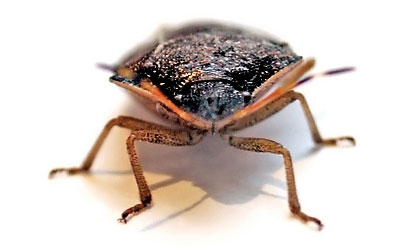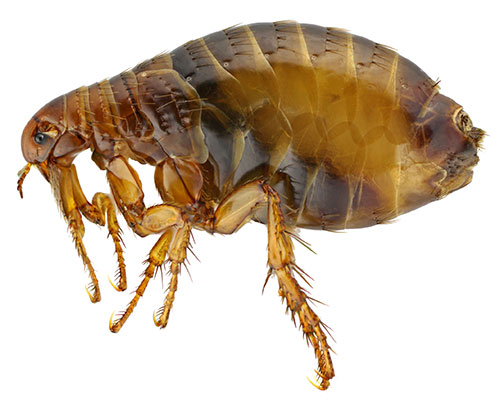Garden Ants – lasius niger
These are the ants commonly seen trailing along floors and over worktops. They are in search of food sources to take to the nest and feed the colony.
When they invade homes they are commonly looking for food sources, specifically sweet substances. Once successful in finding food a foraging worker communicates the information to co-workers. This can result in vast numbers of ants infesting buildings and contaminating food .
Ritualistic swarming of mating ants typically happens towards the end of the ant season but can be seen at varying times dependent on climate. This is where you will see ants flying.
PPMS can effectively treat all stages of the ant life cycle. Using best quality practices we can control these pests in and around buildings. We can offer a summer time treatment programme against garden ants which includes regular pesticide treatments, monitoring and baiting throughout the season of activity. Such a programme will ensure the infestation does not become a burden by establishing itself in your property.
Treatment programmes can also be completed for specific areas of infestation that do not require long term programmes.
Bed bugs – cimex lectularis
Bed bugs are increasingly becoming an issue throughout the UK. The selling and purchasing of second hand furniture and the continual movement of people in and out of the country are both factors in the increase.

Sometimes a failure to recognise infestations in the early stages of the bed bug presence can also lead to the problem becoming more widespread with hotels, hostels, hospitals, private dwellings and even vehicles becoming effected.
Bed bugs live exclusively on blood feeds by injecting saliva into skin and sucking blood for up to 10 minutes at a time. One female bed bug can produce 500 eggs in her lifetime which hatch within 6 to 10 days. Bed bug bites are unlikely to wake the victim and can occur anywhere on the body.
PPMS have extensive experience of dealing with bed bug infestations under many different circumstances and can provide a thorough and comprehensive treatment plan to assist in the control of these pests.
Cat Flea – ctenocephalides felis
Dog Flea – ctenocephalides canis
Pigeon Flea – ceratophyllus columbea
The cat flea is the most common type of fleas in the UK but there is little difference between that and the dog flea. They are parasitic and have adapted to living among the fur of the host and feeding on its blood. The eggs and larvae can live away from the host in warm quiet areas such as wall floor junctions, carpeted areas and pet bedding. The adult flea can jump vertically around 6 inches resulting in any bites on humans predominating around the lower leg and ankle.

Pigeon fleas are a host specific flea that singles out feral and domestic pigeons. They infrequently feed on humans however if the host birds are not available they will feed on human blood.
PPMS offer a broad range of treatment programmes to control an infestation of biting insects such as fleas.
Highly trained and experienced operatives can provide a thorough survey and inspection of premises to establish the cause and areas of infestations and provide a high quality and effective treatment.
*Please note that PPMS can only treat areas and certain materials for flea infestations. Domestic animals that are affected by such pests will have be treated with an approved preparation as advised by professionals such a vets.

